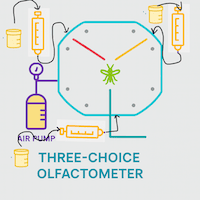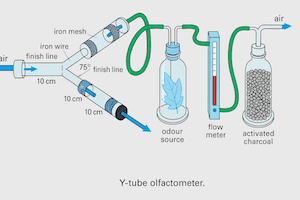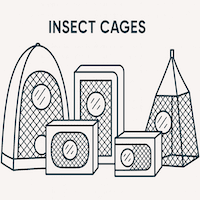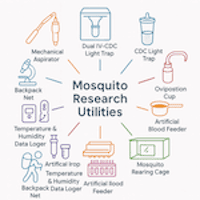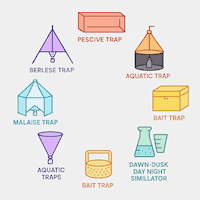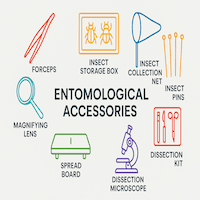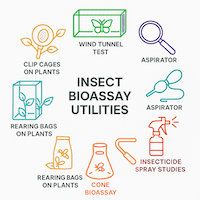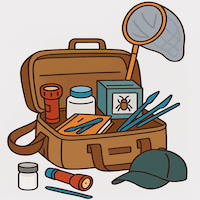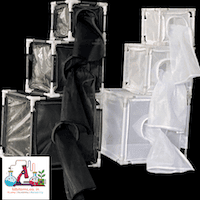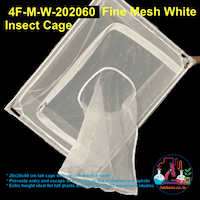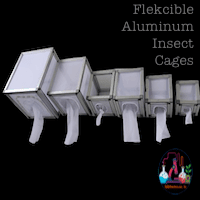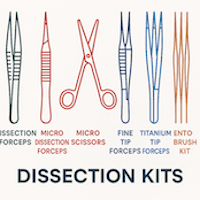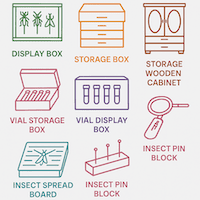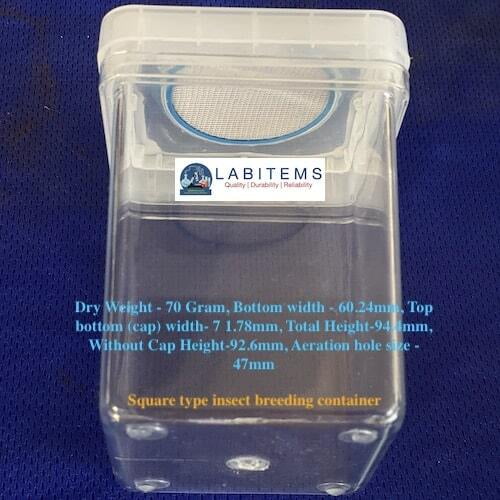
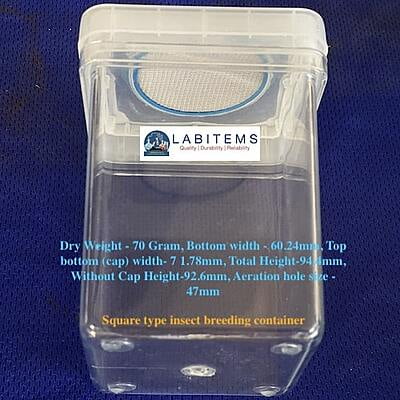


Insect Breeding Dishes -Rectangular Container
Customize
Here are some recommendations for using insect breeding containers:
- Choose the right container size. The size of the container will depend on the type of insect you are breeding. For example, a small container may be sufficient for breeding fruit flies, while a larger container may be needed for breeding crickets.
- Provide a suitable substrate. The substrate is the material that the insects will live on. It should be something that the insects can burrow into, such as soil, sand, or moss.
- Add food and water. The insects will need food and water to survive. The type of food will depend on the type of insect. For example, fruit flies can be fed sugar water, while crickets can be fed mealworms.
- Keep the container clean. The container should be cleaned regularly to prevent the buildup of waste. This will help to prevent the spread of disease.
- Monitor the insects. It is important to monitor the insects to make sure that they are healthy and thriving. If you notice any problems, such as disease or pests, take steps to correct them.
By following these recommendations, you can successfully breed insects in a controlled environment.
Here are some additional tips for using insect breeding containers:
- Use a lid with a ventilation hole to allow air to circulate. This will help to prevent the buildup of moisture and prevent the spread of disease.
- Place the container in a warm, well-lit location. This will help the insects to grow and develop properly.
- If you are breeding insects for food, be sure to research the specific needs of the species. Some insects, such as crickets, need to be fed a high-protein diet.
- If you are breeding insects for pest control, be sure to release them in the appropriate environment. For example, ladybugs should be released in areas where there are aphids.


